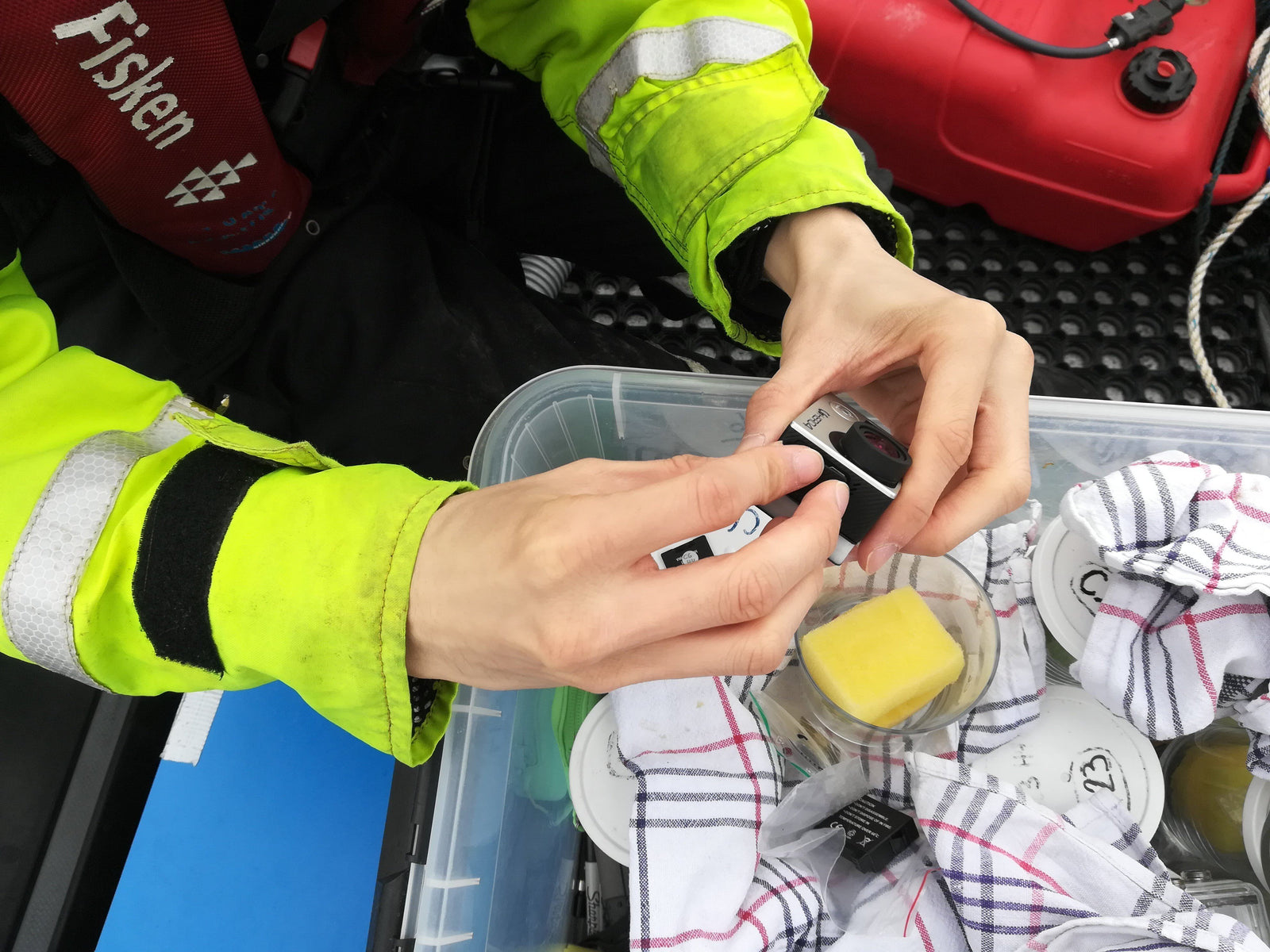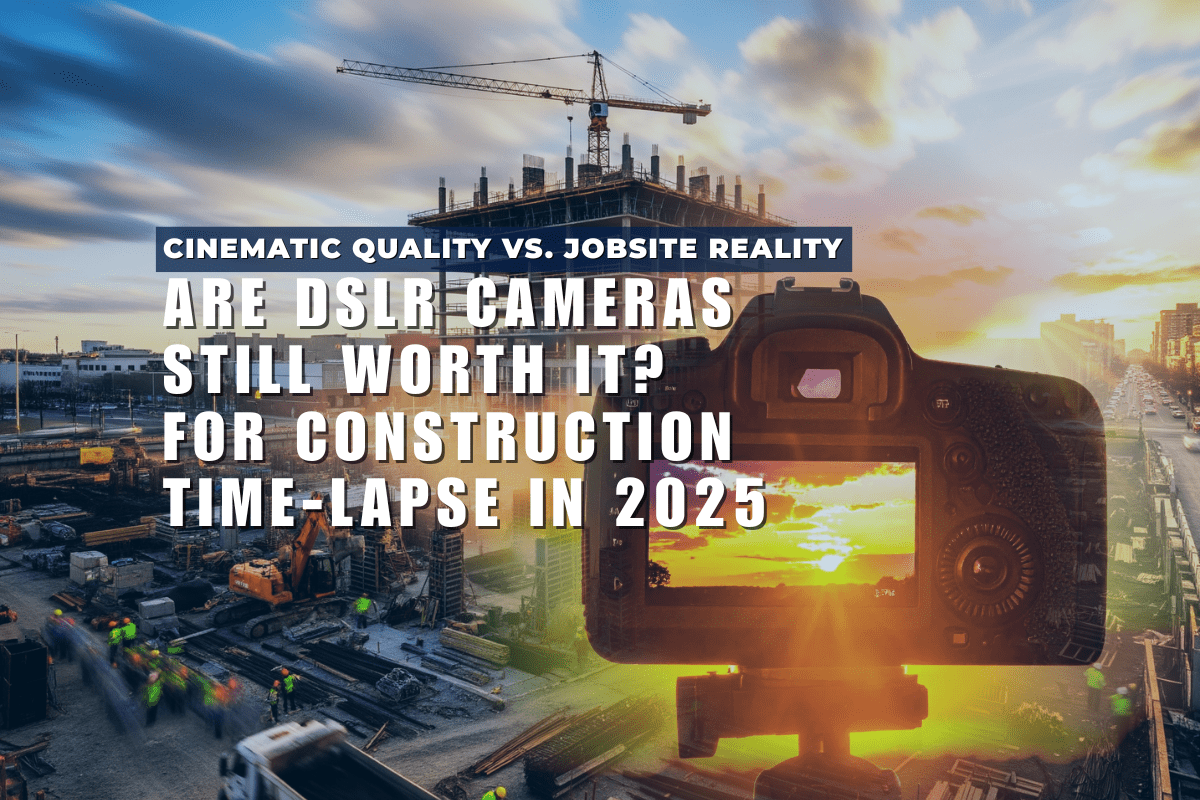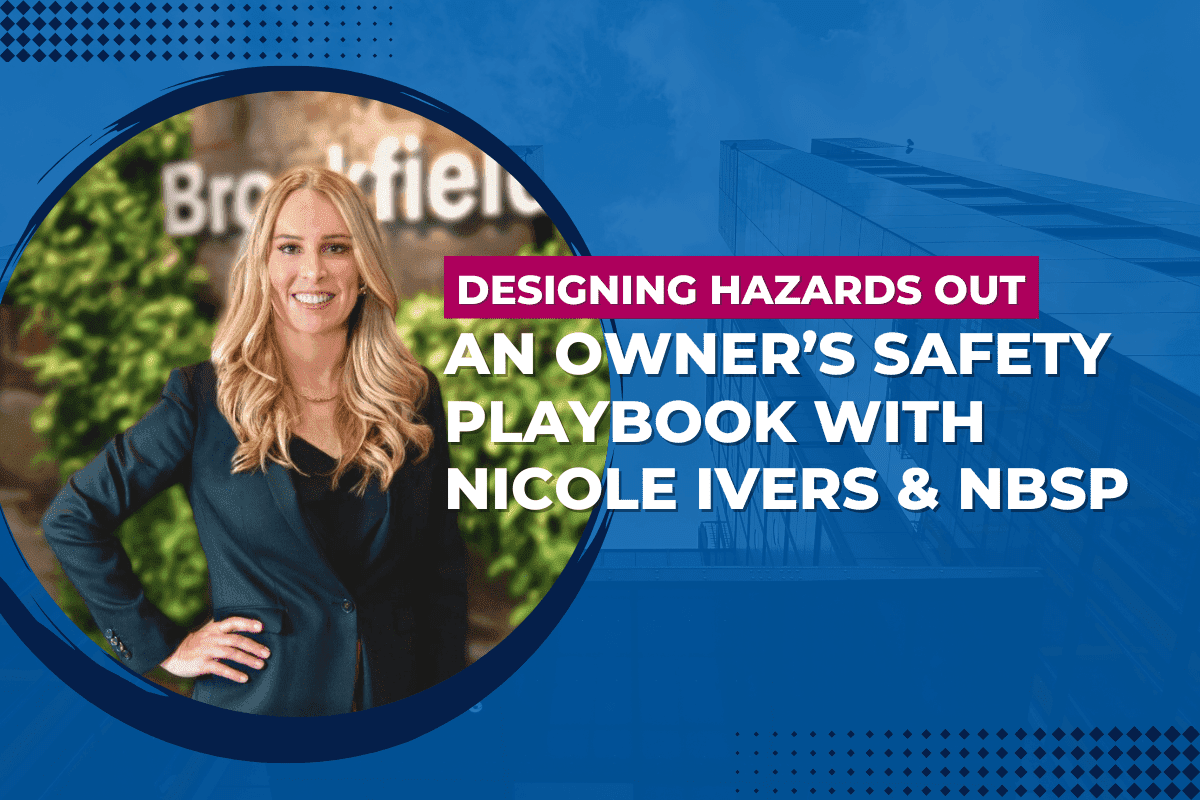When you hear "reef restoration", you likely tend to think about coral reefs and other underwater habitats in places like Australia or in South America, but the fact is that there are reefs of all different kinds (not just coral) throughout the world's oceans that are monitored, restored, and protected.
CamDo customer Dr. Jon Svendsen with the Danish National Institute of Aquatic Resources is part of one of these reef restoration projects, and recently shared details of his upcoming underwater time lapse footage from his team's current Marine Habitat Restoration project. The reef restoration project was started by the NGO Als Stenrev and are in close collaboration with Jon and his team throughout the entire project, including allowing the use of their boat each spring for sampling purposes.
CamDo is pleased to have been a part of such an important project in the form of our Blink Time Lapse Controller paired with the GoPro HERO 3 and HERO 4cameras.

Underwater time lapse videos are an integral part of Jon's project, as he states:
We wanted to investigate marine fish abundance and diversity. It is often done using gill nets and fyke nets, but they have the disadvantage that many fish are killed and it’s difficult to tell exactly what habitat (sand, cobble, boulders, sea weed etc.) that is sampled by the individual nets. Cameras are often much better. No fish are captured/removed and you can tell the habitat sampled immediately from the recordings.
With video recordings, we can also investigate how the fish are utilizing the specific habitat (feeding, hovering, sheltering, resting etc.). This is great information to understand why a certain habitat is important for individual species, fish size classes etc.
We wanted cameras running for > 24 h to see how fish abundance, diversity and behavior are changing over time so we got into time lapse using GoPro HERO 3 and HERO 4 . Without time lapse, those cameras can only run for about two hours (when they are running continuously). Time lapse came in handy for our purpose.
Jon's settings used for the underwater time lapse videos put both the cameras, and the Blink Time Lapse Controller to the test:
We recorded 2 min per hour. In that way, each camera recorded for > 24 hours even under the harshest conditions (low temperatures). Sometimes, a single camera recorded over 50 hours.

Research for Jon and his team is based primarily in studying the effects of reef restoration; these reefs are integral to the health of the ocean, but because of the abuse some of these reefs suffered, many questions remain.
Underwater time lapse footage can help Jon's team to answer many of their questions.
Jon describes his team's research and the questions that go along with it below:
We are interested in the effects of reef restoration. Many boulder reefs have been removed in Denmark and used for construction purposes. The reefs are now protected by the European Union and therefore reefs are being restored in many places. We don’t know exactly how the original reefs looked, so now we are trying to figure out how we get the most biodiversity and fish abundance out of each restoration project.
Should we create scattered or dense reefs? Should we use small or big rocks for each reef? Should we create shallow or deeper reefs? It is those questions we are trying to answer using underwater camera deployments.
We have control areas and areas where reefs are created and we survey fish abundance and diversity in all the areas before and after a reef is restored. In that way, we can determine the exact effects of each reef restoration project.
Of course, capturing underwater time lapse videos comes with its own set of unique challenges, especially in an environment that can be hostile like Denmark's Jutland Peninsula.
Jon's project wasn't without these challenges, as he notes:
We are very weather dependent when we collect the field data. When the wind exceeds 7 m/s, waves are too big and we can’t go out. We are using a small boat with room for 2-4 people only and safety is a high priority. We rent a cabin near the reef areas and stay there for a few months to get the work done, but sometimes, it’s too windy for several days, so we get delayed.
This summer, however, has been amazing. Calm and warm weather most days. We managed to deploy over 200 cameras, which exceeded our wildest expectations. Another challenging element is the video analyses. We need to analyse each 2 min sequence.
I think we are exceeding 2-3 TB (terabytes) of recordings this year that need to be analysed. It is going to take quite a while to go through the recordings and estimate fish abundance and diversity in each sequence.
Though challenging, his team has captured some interesting footage, including:
We have seen how rapidly fish start using reefs as their new “home”. Reef creation finished in January 2018 and already by June 2018, Atlantic cod, saithe and other species were present in high numbers. We have not analysed all the videos yet, but it appears that cod and saithe abundances already have increased remarkably in the reef areas.
We did not expect that the fish would start utilizing the new reefs that quickly. It will be exciting to see if the fish abundance and diversity continue to increase in the coming years.
Another very interesting observation from the 2018 work is the fact that the cod are sheltering inside the reefs. We have clear footage of cod entering cavities in the reef where the fish apparently are resting or sheltering. In the cavities, cod are not an easy target for harbor porpoise and other larger predators.
While doing the field work we saw harbor porpoise almost every day, and we know harbor porpoise feed on cod, so the cod have good reasons to stay in their shelters. The shelters or cavities between the rocks were made available by the newly created reefs. Sometimes, we saw cod inside their reef cavity over many video sequences.
We are now carrying out additional studies where we’re measuring cod metabolic rate inside reefs and on a sandy sea bed to estimate if the cod are more relaxed and save energy inside the reefs.

As expected, Jon and his team have learned tips and tricks when it comes not only to underwater time lapse, but also about the project as a whole. Jon recommends to:
1) Start preparations early. Getting numerous cameras and other types of research equipment to work well can take many weeks.
2) Expect bad weather when you plan your data collection. Sometimes we were stuck in our cabin for five days in a row because of strong winds. You need room in your sampling schedule to accommodate those types of drawbacks.
3) Expect some cameras to fail. Cameras may fail for many reasons, including technical reasons, wrong camera placement (wrong habitat), theft, boating damaging buoys, leaking camera housing etc. Assumption works against you. Even if equipment worked well yesterday, you cannot assume it works well today.
And this won't be the last we'll hear from Jon and his team! He's got several more projects in the works, including plans for more underwater time lapse footage:
We will revisit our field sites to get longer term data sets related to our reef restoration projects. We will go back with our time lapse GoPro cameras and re-survey all the reef sites and the control sites. We are also doing fish telemetry where we have brown trout carrying electronic transmitters that allow us to track the fish in the marine environment.
The transmitters measure temperature inside the fish body cavity and we have deployed receivers that pick up the emitted signals. This summer has been extremely dry and warm, so we are expecting that the brown trout are exposed to very high water temperatures. We have already data revealing fish exposed to temperatures that are exceeding the optimal temperature ranges. We don’t know yet if the brown trout might emigrate from the area or may locate more desirable water temperatures deeper down in the water column.
Finally, we are planning studies on invasive fish species in the marine environment. We suspect that native predators might take advantage of the new food availability caused by the presence of the invasive species.
The project is open and easily accessible to students that are interested in joining in. Both field and lab-based researched is carried out throughout the year, so if you'd like to be a part of Jon's team (and one of our future CamDo blogs), please contact Jon using the information listed below.
Here's a photo of Jon's team doing what they love to do, out on the water:

Thank you to Jon and his team for sharing their footage with us. We're so glad that the Blink Time Lapse Controller was an integral part of your footage and helped you to capture We look forward to seeing more in the future!
Jon and his team would like to thank their funding sources for making this work possible: the European Maritime and Fisheries Fund (EMFF), Ministry of Foreign Affairs of Denmark, and The Velux Foundations.
The team would also like to give a very special "shout out" to the aforementioned NGO Als Stenrev, and to biologist Bo Mammen Kruse for his efforts in driving things forward in many ways. For example, Bo has allowed the project to store the NGO Als Stenrev-owned boat in his private barn for sampling use each spring, participating in much of the data collection, and selecting all field sites for camera deployment in a site that he knows and loves well.
Jon's team also collaborates with Karsten Dahl at the University of Aarhus and would also like to include him in their thank yous. Karsten works with the team sampling the benthic communities in control areas and reef areas before and after reef restoration. His team is using SCUBA diving equipment to collect samples of the bottom to reveal how the invertebrate and macro algae communities change in concert with the reef restoration activities.
Check out this brief video for a quick look at the overall project!
Jon Svendsen is a Senior Scientist for the Section for Ecosystem-based Marine Management with DTU Aqua and primarily researches "fisheries management based on ecological research that integrates fish behaviour and physiology". He has a PhD in Biology from the University of Copenhagen in Denmark, published author and reviewer, and is a distinguished recipient of the FCT Postdoctoral Stipendum (2013-2015; Portugal), the NSERC Visiting Fellowship (2011-2013; Canada), and the Idella Travel Award (2005; Denmark).
Follow Jon on Twitter!




